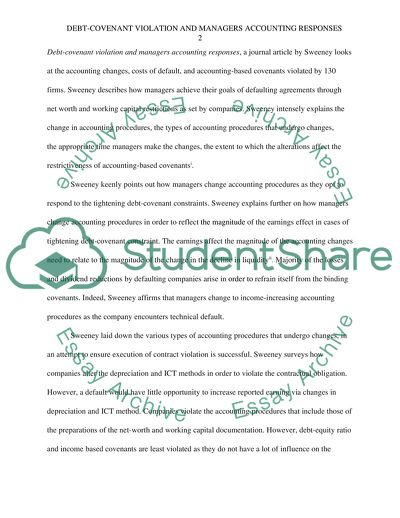Not Found (#404) - StudentShare. https://studentshare.org/finance-accounting/1758515-debt-covenant-violations-and-managers-accounting-responses
Not Found (#404) - StudentShare. https://studentshare.org/finance-accounting/1758515-debt-covenant-violations-and-managers-accounting-responses.


